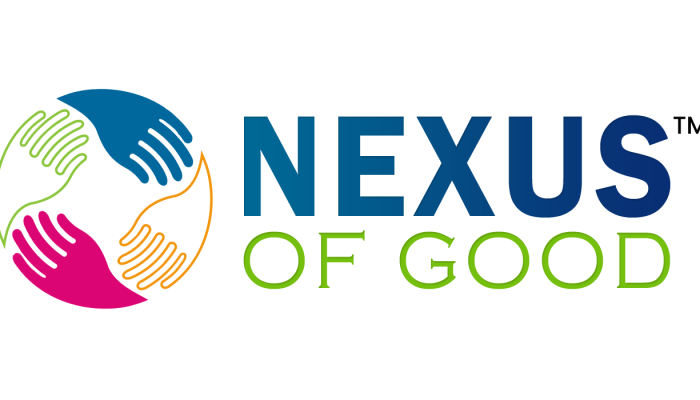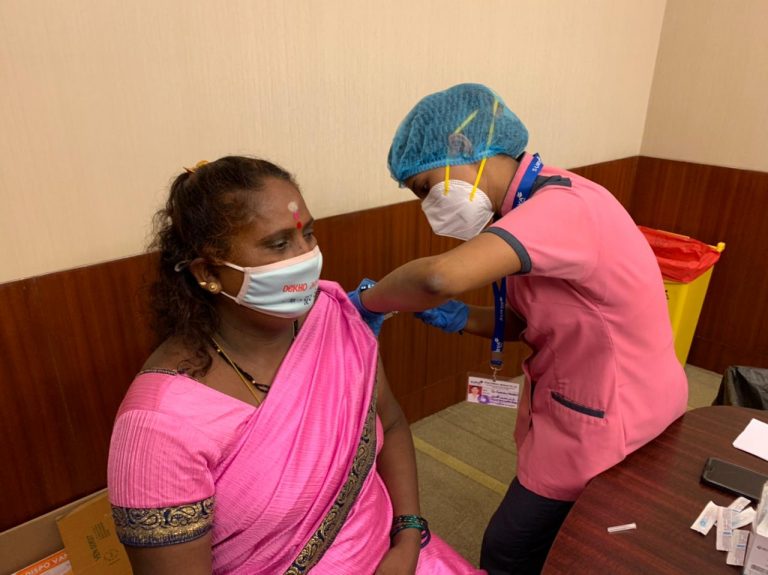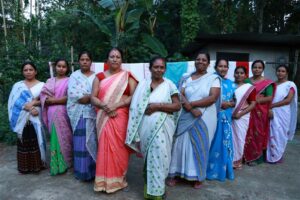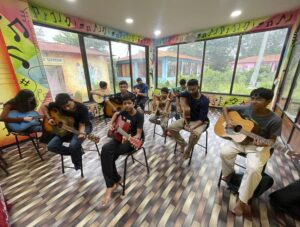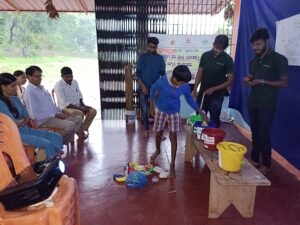Since the onset of COVID-19 in early 2020, efforts across the globe have been focused on developing a vaccine to combat the spread of the disease.
In India, vaccination was made available in mid-January this year and over the past months has been made available in a phase-wise manner to different sections of the population. With approximately 70% of our population (18 years and above) being eligible to get vaccinated, what do the statistics on vaccination uptake in India look like?
As of 26th June 2021, 18.86% of the eligible population has received at least one dose of the vaccine. (Our World In Data )
While India aims to vaccinate 80% of its eligible population by the end of 2021, evidence from the ground presents challenges. One side of the challenge is adequate supply of vaccine doses, which the government has estimated will improve from July 2021. The other challenge is hesitancy and apprehension in people to get vaccinated. According to a COVID-19 Symptom Survey (CSS) (conducted by Facebook along with Carnegie Mellon University), 23% of India’s population has reported being hesitant to take the vaccine[1].
Mainstream media has largely reported on vaccination hesitancy being a bigger concern in rural India. According to a recent report by Hindustan Times , the vaccination rate (one dose) in urban districts of the country stands at 27.2%, while in rural districts it stands at 14.7%. This is said to be a result of both higher vaccination hesitancy in rural India and a gap in vaccination rollout between rural and urban districts. It is however, important to note that most urban cities have vulnerable and marginalised communities who are on the brink in terms of access to vaccines (especially in private facilities) as well as access to correct sources of information on the vaccine.
Seven NGOs working in Mumbai and Pune (Akanksha Foundation, Apnalaya, FMCH, Magic Bus, SNEHA, Teach for India, iTeach Schools) came together to conduct surveys and dialogues with urban poor communities to understand the barriers and challenges they face in availing the vaccine. Between May and June 2021 we reached out to 3675 individuals across 18 urban slum communities in Mumbai and 20 urban slum communities in Pune. 56% of the respondents were women, while 44% were men. Two thirds of the respondents were between 18-45 years of age, who have had to take significant risks post the unlocking of the cities.
STATUS OF VACCINATION IN COMMUNITIES
As of early June 2021, 19% of the respondents surveyed had received their first dose of the vaccine. This is very close to the current national average (18.86%). Maharashtra as on 24th June 2021 has vaccinated 2.3 crore of its population with at least dose 1. This when calculated against the 18+ population of Maharashtra stands at 32%, hence showing a substantial disparity between surveyed communities and the whole state.
51% of the non-vaccinated individuals reported being hesitant to get vaccinated. This is twice more than the CSS Survey which showed the hesitancy rate for Maharashtra at 22%.


What were the reasons that emerged for vaccination hesitancy in urban communities? We share excerpts from our community dialogues below.
VACCINATION HESITANCY

In the quantitative survey, the fear of side effects from the vaccine (51%) and not having enough information about the vaccine (24%) were the topmost deterrents to get vaccinated. Unavailability of vaccines at centres, inability to afford vaccines at private facilities and difficulty in convincing family decision makers to allow vaccination were other barriers. (*others included fear of contracting Covid-19 at the vaccination centre, not being able to take leave from work, preferring natural remedies, steam inhalation etc.)
A deep-dive into the reasons for vaccination hesitancy through open-ended discussions revealed further nuances. We classified barriers to vaccination at three levels.
MINDSET BARRIERS
The hype and relaying of wrong and exaggerated news (especially through WhatsApp and mainstream media) has created nothing but dread and inaccurate information in communities about the vaccine.
Fear – The most pertinent fear was that of side effects from the vaccine – including the risk of COVID-19, other health risks, and fatality. This was spiked by lack of information on the precautionary measures to be followed before and after vaccination. People were also scared to go to hospitals, especially government hospitals, for vaccination.
“If anyone in our home falls sick or worse, dies after getting vaccinated, we lose a bread-earner. Who will take care of our family then?”
“We do not feel safe going to the government hospital. We have heard of people going to the hospital for treatment and losing their life there.”
Distrust in the vaccine and its benefit – While one side to this was an apprehension about the vaccine being ‘made and approved in a hurry’, the other side was about the government frequently changing guidelines on the duration between different doses. News about multiplying mutants only added to the confusion.
“Will the vaccine be able to control the spread of COVID-19? The virus keeps mutating. What is the guarantee the vaccine will be effective against all mutants? A better solution is to follow home remedies.”
Vaccines are not for me – People also expressed the belief that vaccines are not needed unless one is infected with the virus or has comorbidities. Many also considered COVID-19 a purely urban phenomenon and are hence planning to migrate to their villages.
Religious agenda – Vaccines being a conspiracy to eradicate certain religious minorities was also felt by a small percentage of respondents.
COMMUNITY LEVEL BARRIERS
External decision power – Even if individuals were willing to get vaccinated, there were situations where family elders and decision makers did not permit vaccination. This was more common with women who are given little agency to decide for themselves. Family elders and husbands made decisions and their decisions were based on media reports and WhatsApp forwards which led them to believe the vaccine is unsafe.
“The news of 48 doctors dying after getting vaccinated scared me and my family. How can we think of getting vaccinated after hearing such dismal things about it.”
OPERATIONAL/SYSTEM LEVEL BARRIERS
These barriers stemmed from limited reach of the vaccine and reliable information to marginalised and grassroot communities.
Shortage/unavailability of vaccines – This was the most critical operational barrier to vaccinate. People expressed the fear of glucose and other fake vaccines being injected and thus questioned whether or not they will get an authentic vaccine even if they decide to get vaccinated. Even if vaccines were available at private facilities, the cost of it was too high for families to bear.
“Four members in my home are eligible to get vaccinated. That means we will have to shell out close to Rs. 4000 to get vaccinated. With our current financial situation, that is next to impossible.”
Online registration not accessible to all – While walk-ins and assisted registrations are now available, the option for only online registration was also a barrier due to lack of awareness on the process, no access to smartphones and internet etc.
Vaccination centres located at a distance – Travelling to vaccination centres in the current circumstance (restricted access to public transport) was also a challenge.
“We travel to vaccination centres which are quite far away and then have to return without being vaccinated due to unavailability of the vaccine. This demotivates us from going back.”
FROM RESEARCH TO ACTION
The community dialogues in urban areas makes it clear that COVID-19 and its impact is strongly felt. While people to a large extent realise that vaccines may be the way out of the current situation, they do not have right and credible information to make a well-informed decision.
To this end, the NGO collaborative in Mumbai and Pune is planning to disseminate, to its communities, right information from reliable sources through a strategic communication campaign. We have already begun to leverage community influencers and members who have overcome their hesitation and stepped up to take their first vaccine dose. Their experience sharing will build more confidence in the larger community.
In addition to the campaign, there is a greater need to build capacity and confidence about the vaccine amongst the community front line workers who can be the key source of information for dispelling myths.
Efforts are also underway to facilitate access to vaccines for eligible members in communities.
All our efforts are with greater collaboration with the government’s stakeholders who acknowledge the issue and are willing to support the efforts to combat it, however, have been overwhelmed managing the supply related challenges. Our aim is to gear out communities with accurate information and enable them to make an informed choice on vaccination for themselves, while also promoting vaccine positive behaviour and attitudes in their families and communities.
[1] It is important to note, that since this survey was conducted on Facebook it is representative of a very small section of the population who has access to the internet and may have agreed to take the survey
